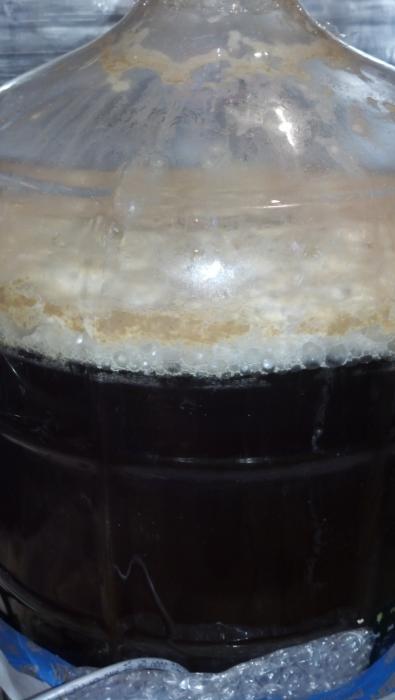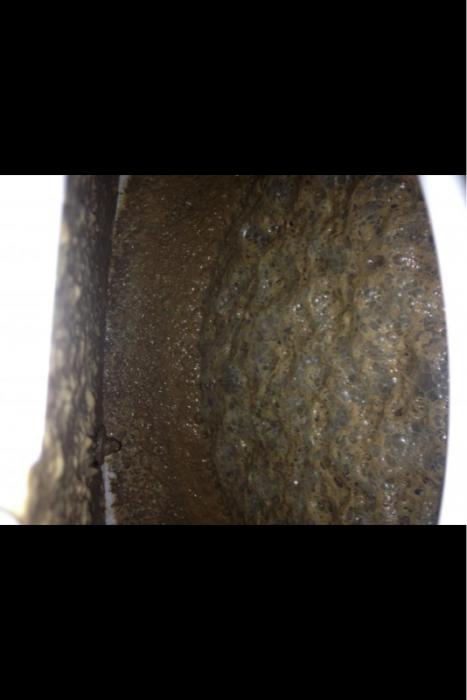Delirious187
Well-Known Member
Just curious what other people think. I brewed a Kolsch style on 11/18 using Wyeast 2565 and 12-13 days later in the primary the krausen hasnt fallen. Looks more frothy. This is a first for me. Ive read elsewhere that it could be due in part to the 2 lbs of flaked wheat I used in the mash? Ive been fermenting steady at 57F. Does this look infected?







